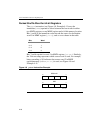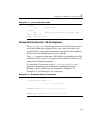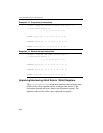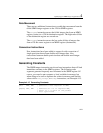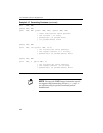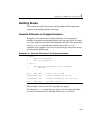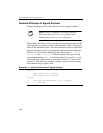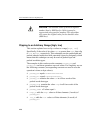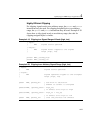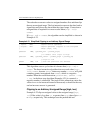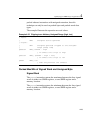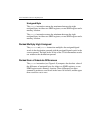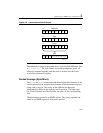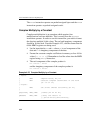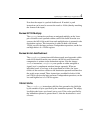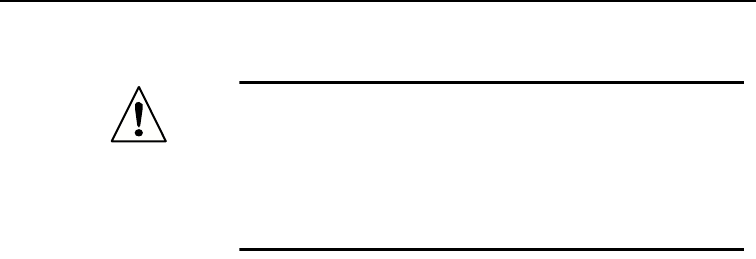
IA-32 Intel® Architecture Optimization
4-26
Clipping to an Arbitrary Range [high, low]
This section explains how to clip a values to a range [high, low].
Specifically, if the value is less than
low or greater than high, then clip
to
low or high, respectively. This technique uses the packed-add and
packed-subtract instructions with saturation (signed or unsigned), which
means that this technique can only be used on packed-byte and
packed-word data types.
The examples in this section use the constants
packed_max and
packed_min and show operations on word values. For simplicity we use
the following constants (corresponding constants are used in case the
operation is done on byte values):
• packed_max equals 0x7fff7fff7fff7fff
• packed_min equals 0x8000800080008000
• packed_low contains the value low in all four words of the
packed-words data type
• packed_high contains the value high in all four words of the
packed-words data type
• packed_usmax all values equal 1
•
high_us adds the high value to all data elements (4 words) of
packed_min
• low_us adds the low value to all data elements (4 words) of
packed_min
CAUTION. The absolute value of the most negative
number (that is, 8000 hex for 16-bit) cannot be
represented using positive numbers. This algorithm
will return the original value for the absolute value
(8000 hex).



